Just Play: An Interview with Matt Geraghty
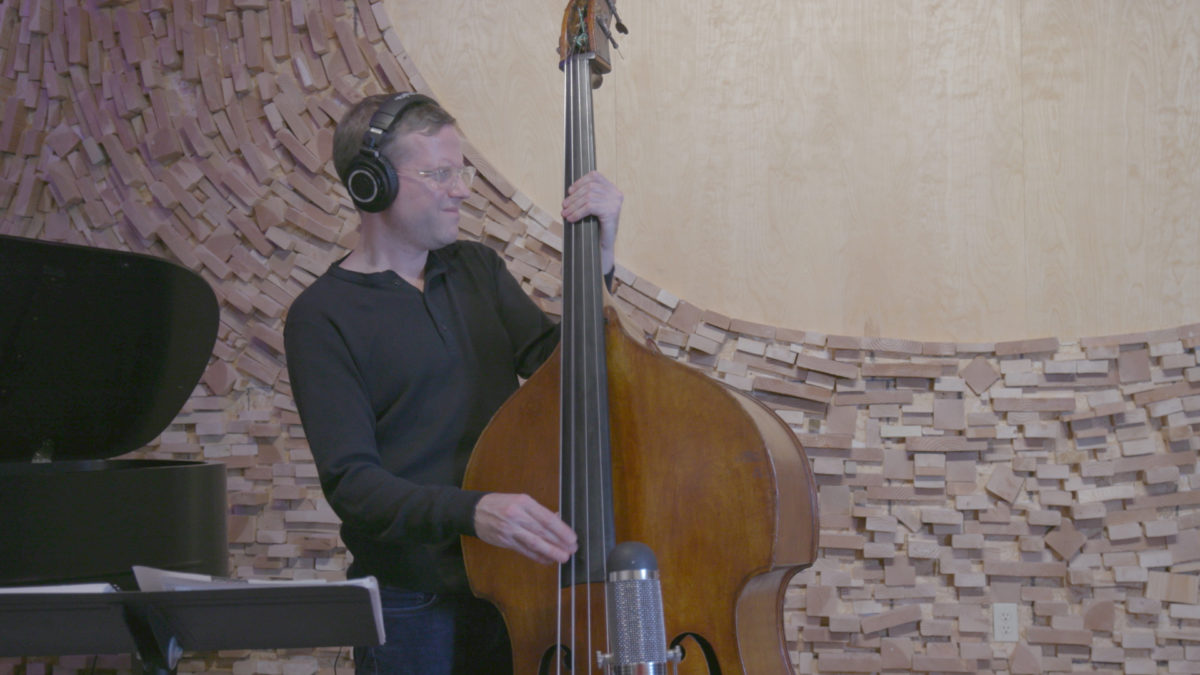
As bassists, our role is to typically lift up those around us and support the music. More often than not the bass is a reflection of a person’s character. Matt Geraghty embodies that concept.
A jazz bassist with a love for world music, his musical projects Just Play, Trade Winds, and 21 are designed to create platforms to connect and empower musicians. They emphasize improvisation to create music and help shine the spotlight on artists around the world.
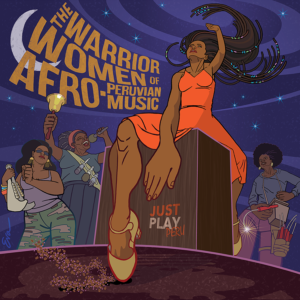 Geraghty documents the music and the people through YouTube videos, albums, and photos. His path started in New York City and headed south to New Orleans before getting to San Juan, Puerto Rico and Cuba. The latest release, The Warrior Women of Afro-Peruvian Music, focuses on the art and struggles of female musicians from Peru.
Geraghty documents the music and the people through YouTube videos, albums, and photos. His path started in New York City and headed south to New Orleans before getting to San Juan, Puerto Rico and Cuba. The latest release, The Warrior Women of Afro-Peruvian Music, focuses on the art and struggles of female musicians from Peru.
“We were honored to bring these talented female Afro-Peruvian singers and percussionists into the studio together for the first time on the same session,” says Geraghty. “Hearing about the challenges they encounter daily as black female artists in Peru — the discrimination, invisibility and inequality — made this even more important to document.”
We caught up with the bassist to get the scoop on his intro to world music, how he prepares for the sessions, and what he’s learned from the experience.
Where did you first get interested in World Music?
I lived in Spain during a year in college. Just being over there and hearing those sounds and being in a foreign culture, specifically at that time in my life, was very influential. I was at a point where I was learning to improvise. It was also a great opportunity to perform in front of European audiences, which are always very appreciative. It was such a different cultural experience for me in my formative years of figuring out how to become a jazz musician. It was also great to exposed to flamenco music and North African music. That was a big influence on the ideas I would use to write my compositions.
Were you interested in other World Music before that?
I’d say that’s where it started. I was aware of other groups, but that was where I discovered Howard Levy. I was a fan of the Flecktones and he came through town with Rabih Abou-Khalil, this oud player from Lebanon. I got to check out groups playing at that level within the world music arena. Living in Spain was a pivotal year. It branched out from there when I moved to Chicago. I was pursuing the straight-ahead jazz line while also studying with Greg Sarchet of the Chicago Lyric Opera, as well as getting into the Brazilian music scene in Chicago. It just seemed like the more I realized it wasn’t just about becoming a great jazz bass player and that there were all these other styles to learn from, that’s when I began my travels. I performed with my group in South America and eventually looked for other opportunities to do different things in the music scene based upon my time in these countries.
I got to observe what was working and what wasn’t working but from a 10,000-foot vantage point. [I saw] the communities of musicians and the challenges to get their music out to broader audiences. Then I moved to New York. After ten years of pursuing my dream and even playing at the Blue Note ten times with my band, I felt like something was missing on the scene. That’s when I began to think out of the box about a project that brings musicians together to meet for the first time to create brand new types of collaboration, and to use content and multimedia to bring those collaborations to an audience, and try something new. That’s when I created 21, which led to Trade Winds and now Just Play. It’s an ongoing series where we’re trying to recognize that the music scene for a lot of folks has challenges, but if you bring it back to the basics and give a creative for reasons for artists to get together, musicians want that platform. They are looking for a place to express themselves and new ideas. There’s a lot of creativity and freedom in being able to carve a space out like that. That’s the general idea of Just Play, though it’s evolved.
There are a few important points of reference for the project that personally resonated with me. Bela Fleck and the project he did in Africa (Throw Down Your Heart) as well as Herbie Hancock’s Possibilities. The more that I saw the power of bringing artists together, the more I realized how this could be a catalyst for change and raising the awareness of black music in the Americas. In the case of the Peru album, here you have these ten Afro-Peruvian females who have been marginalized in their society for years. Being a music fan from the U.S., you may not even realize that Afro-Peruvian music exists, let alone the level of challenges that Afro-Peruvian female artists have to contend with. Racism, sexism and being treated as second class citizens.
Just the act of bringing them into the studio together for the first time in history was a statement of unity and female power. Then propelling their rich musical traditions forward with American artists like Gil Goldstein, Howard Levy, Misha Tsiganov and Neal Alger really was an incredibly fun and creative part of the process.
Most of the music we love has its roots in Africa and what excites me is to produce a project that tells that story in a whole new way. Through the lens of artists working and living in those countries now. That’s the footprint and story Just Play seeks to capture.
So it is a huge project, but it has a momentum of its own if you keep it going and share the story with others because it’s universal. That’s what we’re going for: those themes of equality and global unity.
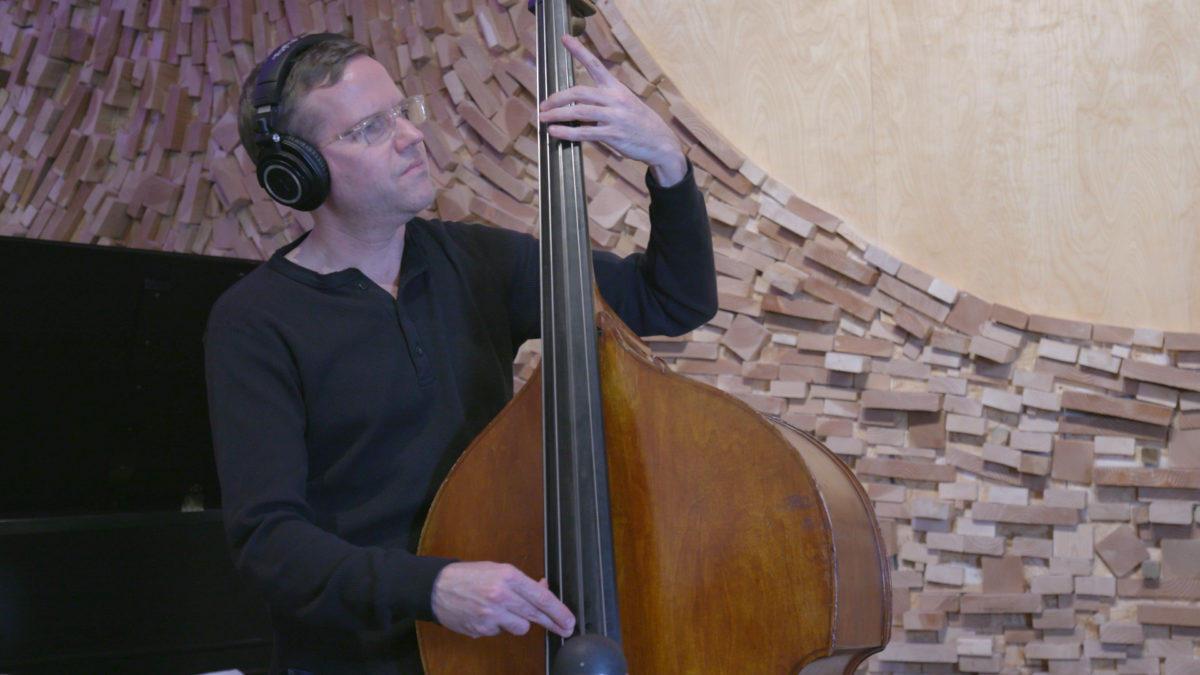
This album has a pretty specific focus. How did that present itself?
I went to Peru to scout two times about a year and a half ago to see what was there in the music scene. As part of that process, I met some of the luminaries of the Afro-Peruvian scene and realized there was this incredibly rich scene. After the second visit and making connections and realizing it was a viable option, we said let’s go. Our plan was to spend three weeks making a documentary on Afro-Peruvian music. We knew the key people down there to speak to. We knew we were going to document the music and players there, but we had to figure out what was the uncharted territory and story of the region. It was a daily conversation, and the story that rose to the surface was that there were incredible female artists there that didn’t have the voice that they should have. We had three days left, and I said, “Let’s book a studio and get these women together.” Within 24 hours, we came up with a plan and booked a studio with musicians all on the fly.
It was an organic decision that came from listening to what we were hearing in interviews. The role of the woman has changed over the years and it’s changing now. There’s a movement in society to give them more space. In context, with gender relations in Peru, it’s more like the 1950s in the U.S. That was the story that rose to the surface, so we captured it. It’s evolved since then because this was recorded last September. We’ve gone back for more interviews and information. It’s been a constant process of people falling in love with this project and empowering women. I feel like we’re just getting started, too.
How did you get connections to find these women?
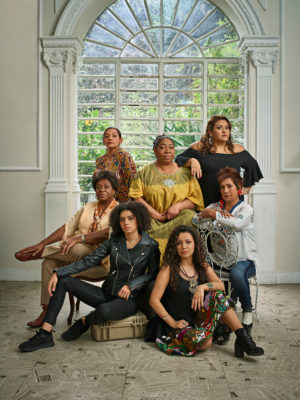 When I first went to Peru, I didn’t know anyone. I just showed up with my bass. Once we set our intentions with a few folks down there, then the connections happen naturally. We said, “We’re here to give artists a voice and a platform for self-expression and creativity.” That in itself is creating the space to capture something special. Folks see that your intentions are there and you’re legit, so there’s a certain serendipity that you rely on to happen. It’s the same thing that happened with our Trade Winds album in Cuba where we recorded with 100 musicians over 21 days.
When I first went to Peru, I didn’t know anyone. I just showed up with my bass. Once we set our intentions with a few folks down there, then the connections happen naturally. We said, “We’re here to give artists a voice and a platform for self-expression and creativity.” That in itself is creating the space to capture something special. Folks see that your intentions are there and you’re legit, so there’s a certain serendipity that you rely on to happen. It’s the same thing that happened with our Trade Winds album in Cuba where we recorded with 100 musicians over 21 days.
With each trip, you build more confidence that the space you’re making for artists is going to attract you to the right people at the right time. It was literally in the last few days in Peru that I said, “Let’s get the best female artists on this session.” The producer Javier made it happen. Each country is a little different. There are nuances, but if you are plugged into a few key contacts it facilitates things more easily.
Speaking of musical scenes, how would you describe the scene in Peru?
It is thriving for South America. The Afro-Peruvian scene, in particular, has a group of artists that are performing at festivals. Then there is the club scene. There are families of musicians that go back generations, which is a very interesting thing. They’re almost like clans. There’s a Cajon festival, which is like a milestone event, every year that’s produced by one of our friends, Julie Guillerot.
I think that the Afro-Peruvian music scene is close-knit, but it’s a small piece in the sense that there are a lot of other genres in Peru. The Afro-Peruvian scene has its own problems for visibility, and the festival is helping to propel it to national and international acclaim. What I’ve learned from Julie is that there is a thriving Afro-Peruvian scene along the coast, but there isn’t so much inside of Peru. That led to the topic that there is a huge need to go into the country where there are more Afro-Peruvian people and embrace their culture. That’s where she’s working.
There is so much cultural and historical context that it is a huge discussion. I’m just starting to learn about the complexities of getting a populous of people to embrace their cultural heritage. There are so many complex topics to that. There are plenty of artists working hard for that. If our project could help that effort by introducing Afro-Peruvian music to people who know nothing about it, then fantastic. It’s really interesting music and culturally unique.
What do you do to prepare for these sessions? As a jazz musician, I guess you’re already prepped for many different styles. But when you go to Peru, do you learn Peruvian standards or specific styles?
I do my homework, but often you realize that the best place to really prepare is in the country itself. Once you’re there, you rely on your ear and musical points of reference to be able to contribute to the sessions. Part of it is just by being local, you’re absorbing the music in a different way.
Since our series has this improvisational aspect to it, the rules are “don’t talk, just play.” There’s no preparation there. The goal is to not prepare because otherwise you’re already projecting your musical ideas in advance and that kills the creative moment. That is another critical thread to the series we’ve been doing. To get the best out of the musicians, we use those rules to free them up to create a spontaneous composition in the moment. In that sense, I’m answering in two ways.
With Peru, I saw it was a bit of a different vibe. When we decided to make an album and go into the studio, I learned the songs on the spot by relying on my ear and the standard styles I’m becoming familiar with.
How did Howard Levy get onto the project?
I’ve been working with Howard since my album Departures. When I thought about how I could propel what we did in Peru with these core tunes, all of which are dance songs in their origin, to me the exciting part of this project was seeing how I could push that music to a space that incorporated other sounds and styles that I like. The point of reference I had were the musicians I previously worked with, Howard being one of them. So part of the process was figuring out how tastefully and stylistically we could embed sounds that would be complementary to what we already recorded. Howard was top on my list. He’s in a class of his own as someone who plays a lot of world music. In short, we went to Chicago and recorded with him. Harmonica in Afro-Peruvian music is uncharted territory, so that was also exciting. That was a highlight and I think it added an element of play and freedom and improvisation into the music.
Where are you planning on going next?
We began in New York and went to New Orleans, San Juan, Cuba, and Peru. We’re going to Bolivia, Ecuador, Brazil, and then likely Colombia. We’ll be filming, recording, and continuing to build our collective of 275 artists. Then we’ll head to the west coast of Africa: Mali, Senegal, Cape Verde, Benin, and more. Then that chapter of Just Play will be complete. That’s the vision.

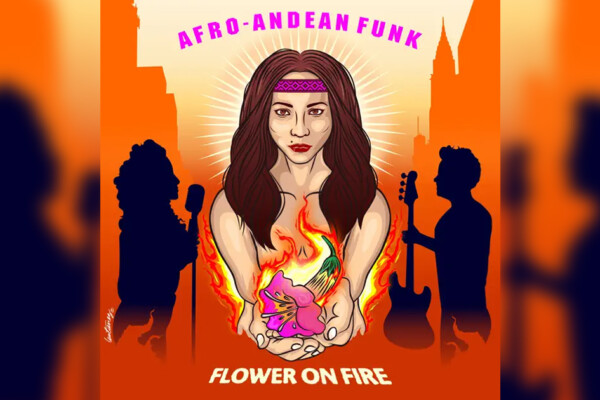
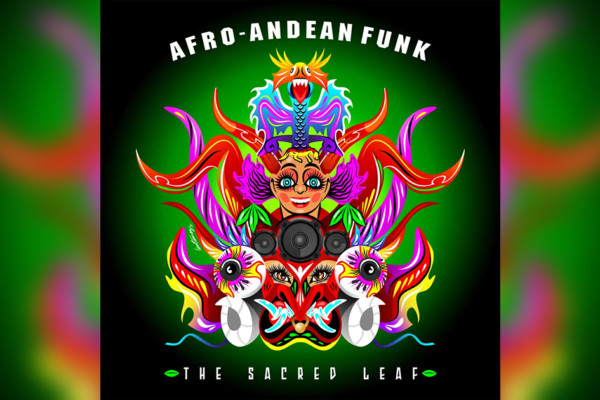
Great article! In answering the question about preparation, it says “just talk, don’t play.” I wonder if somehow that was reversed from his original intent? In the context of the article, “don’t talk, just play” would make a lot more sense to me.
You’re right, thanks for catching that!